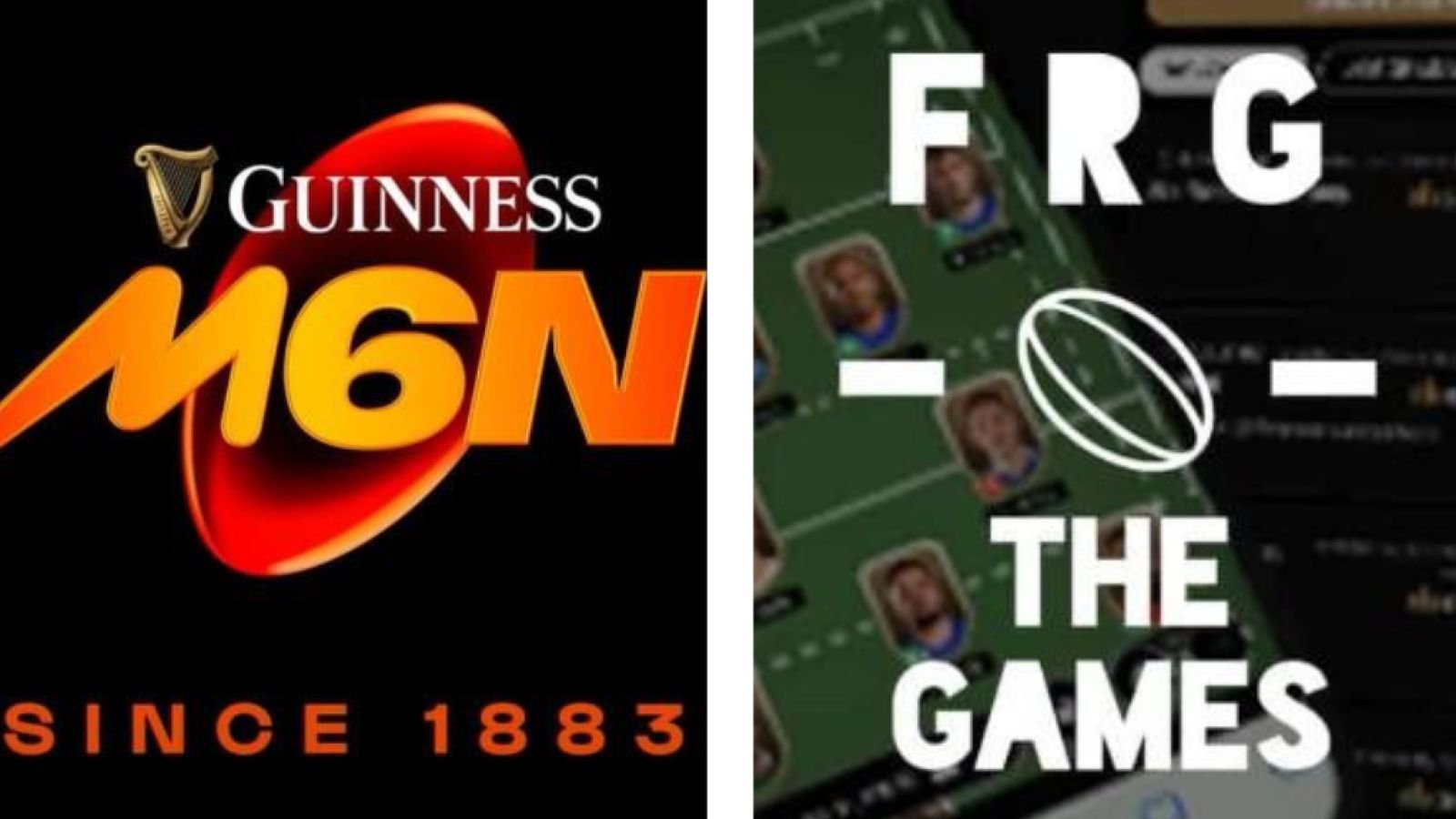Six Nations news: A complete beginner's guide to the Six Nations Championship
As the premier international rugby tournament outside of the World Cup, the annual Six Nations Championship attracts a large number of viewers new to the game of rugby.
And because it involves the six best rugby-playing nations of the northern hemisphere, the playing quality is high and the regional rivalries are intense.
Yet, while rugby is truly a brilliant sport to watch and enjoy, you can only follow the action closely if you know exactly what is going on amongst all the organised chaos on the pitch.
Sports News Blitz writer Charlie Elliot takes readers through the basics of the game and the structure of the Six Nations.
Rugby scoring system
Unlike other sports such as football, rugby has quite a few ways of scoring points.
A try is worth five points and is the method of scoring that offers the greatest number of points. To score a try, you must dot the ball down on the floor behind the try line. If a player gets past the try line but is not able to put the ball down, it does not count as a score.
A try is followed by a conversion, which is a chance for the kicker to get an extra two points. The area in which the kick is taken from is decided by where the ball was placed for the try, so it is advantageous to dot down near the middle of the pitch in order to give a more comfortable kick.
The kick can be taken at any distance from the try line, so long as it stays in line.
To get the points, the kicked ball must clear the crossbar between the two posts, the act of which will be indicated by two touch judges raising their flags. The kick is contested, meaning that defending players can charge down the kicker once the latter starts their movement.
A penalty kick, on the other hand, is worth three points. Teams win penalties through an infringement by the opposition and can choose to kick the ball into touch to form a lineout or, if they are close enough to the posts, kick for the poles and potential points.
Where the kick is taken from corresponds to where the penalty is won and the kick is uncontested.
A slightly more unconventional way to score points is a drop goal, which happens in open play when a player decides to kick the ball out of their hands. This is also worth three points.
One of the most famous drop goals in history happened during the 2003 Rugby World Cup when Jonny Wilkinson nailed one to win the final for England, their only success at the showpiece event so far.
READ MORE: Six Nations news: Six bold predictions for the 2025 Six Nations
Six Nations tournament format
The format of the Six Nations sees each nation play the others once per tournament, with results and points tallied in a shared league table.
A win gets you four points, draws provide two points to each team, and a loss means zero points.
Teams also have the opportunity to play for bonus points, which are awarded either for scoring a minimum of four tries in a single match or for losing a match within seven points of the victor.
Losing teams thus have the opportunity to at least get two points.
If you top the table at the end of five rounds of action, you are the Six Nations winner.
Any team who achieves the Grand Slam – by winning every game – is awarded an extra three points in order to make sure they win the competition as a whole and are not beaten on bonus points by the runner up.
Prior to 1994, teams that ended on the same number of points shared the title. These days, a winner is chosen in that scenario by calculating each team’s overall points difference, points scored minus points conceded, and awarding the title to the team with the greater tally.
YOU MAY ALSO LIKE: Six Nations Fantasy Rugby news: What is it and how does it work?
Rugby terminology
Here is a quick guide to some key rugby terminology that you may not be familiar with.
Scrum – A method of restarting play after a minor infringement. The forwards from each team pack down in three rows and push against each other to contest for the ball, which is fed into the scrum by the half-back of the team awarded the scrum.
Lineout – A method of restarting play when the ball goes out of bounds. The forwards from both teams form two lines and players jump to contest for the ball, which is thrown in by the team that awarded the lineout.
Ruck – A phase of play where players contest possession of the ball on the ground after a tackle. Players must stay on their feet and bind together to win the ball for their team.
Maul – A situation where the ball carrier is held by one or more opposition players but the ball is still in play, with players from both teams attempting to drive forward to gain possession.
Penalty – Awarded to a team when the opposition commits a serious infringement. A penalty can result in a kick at goal, a scrum, or a lineout depending on the situation.
Knock-on – When a player accidentally knocks the ball forward with their hands or arms. This results in a scrum awarded to the opposing team.
Tackle – When one player physically brings another player to the ground, stopping their progress. A tackle must be below the shoulders and is followed by a ruck.
Half-backs – Refers to the scrum-half and fly-half positions, who are collectively responsible for linking the forwards and backs, controlling the play, and making tactical decisions.
Forwards – The group of players responsible for winning the set pieces and engaging in physical contests such as rucks and mauls. Forwards are typically bigger and stronger players.
Backs – The players who usually handle the ball and run with it to attack the opposition. Backs are generally faster and more agile than forwards and include positions like wingers, full-backs, and centres.
Sin bin – A temporary suspension, usually 10 minutes, given to a player who has committed a serious or repeated infringement, during which the player must leave the field.
Yellow card – A card shown by the referee for a minor foul, which results in the player being sent to the sin bin. A team plays with one less player during this time.
Red card – A card shown by the referee for a serious infringement, resulting in the player's permanent dismissal from the game. The team must play with one less player for the remainder of the match.
20-minute red card – A new law being used for the first time in this competition. Players who commit a serious but unintentional infringement have to spend 20 minutes in the sin bin before being replaced by a teammate. It ensures that teams are not a player down for a whole game for an unintentional foul.
MORE FROM CHARLIE ELLIOT: Six Nations 2025 news: What are the new rules for this year?



